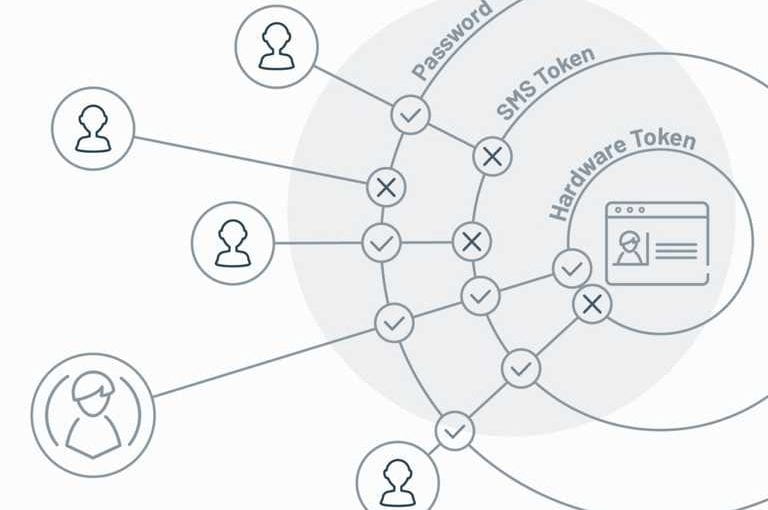Password attackers are constantly on the lookout for weak passwords that they can use to gain access to customers’ accounts. To address this issue, we often conflate complexity with security.
That should not be the case. Always keep in mind that customer retention is influenced by uncertainty. Of course, you don’t want this to happen. So, is there a way to keep our process easy while still keeping it secure? Multifactor authentication is the solution.
Why MFA is So Important
Secure passwords can continue to be the most common and effective method of verifying your online identity, but trust me when I say that they provide very little protection. Through using weak passwords or using the same password for different applications, customers make it possible for an attacker to steal their credentials.
It makes no difference whether they are encrypted or not; once the database is taken, the attacker has access to any information, including geographic positions, customer preferences, transaction patterns, and so on.
As a result, it’s important to use multi-factor authentication, which requires an attacker to pass additional security checks even though they gain access to the database.
How Does Multi-Factor Authentication Work
MFA authentication is primarily based on three techniques:
Questions that only you can answer (knowledge): This approach entails asking questions that only you can answer. The aim of these questions is to verify your identity because you are the only one who can answer them.
Things you have (possession): This approach depends on the things you have or possess, such as a mobile phone, to verify your identity. You will receive a verification message on your phone screen, and you will be able to log into your account only if you activate it from that screen.
Things you are (inheritance): This element is often checked using a fingerprint. We’ve also seen retinal scans used for verification. The objective of this approach is clear: only you, and no one else, can have your fingerprint.
How to Implement Multi-Factor Authentication
MFA, or multi-factor authentication, is a security feature that allows companies to verify that visitors to their website are who they claim to be. How to Implement MFA on Your Website? There are multiple ways to implement multifactor authentication.
To know more about MFA, you can discover the complete guide with examples, features, benefits, and more things.
